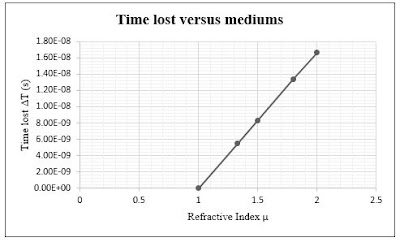GRAVITATIONAL FIELD OF A SQUARE
PLATE
INTRODUCTION
Gravity
is derived from the Latin word ‘gravitas’ meaning mass. The universal law of
gravitation was coined by Sir Isaac Newton. According to the law, any two
masses anywhere in the universe separated by a distance will attract each
other. This force of attraction is proportional to the product of their masses
and inversely proportional to square of the distance between them.
The
distance between two masses can be finite or infinite, which is why
gravitational force is referred to as long range force but is also the weakest
force among all the other fundamental forces.
All
objects that have mass will attract other masses. This means that each mass has
its own gravitational field just like Earth. So this implies that all objects
will attract each other since they will have their own field. This is not
evident on Earth since Earth’s gravitational field outweighs all other mass’s
field and hence all objects no matter how massive are attracted toward the
Earth. In this post we intend to determine the gravitational field of a two
dimensional Square plate and identify points where the plate’s own gravity is
strong at some parts and weak at the other.
ASSUMPTIONS
1. The
thickness of the plate is negligible compared to its length and width.
2. The
plate is not under the influence of an external gravitational field.
3. The
plate is a homogeneous material.
4. All
the mass is assumed to be concentrated at the center.
CALCULATION
Consider
a square plate of length ‘a’ [m] and mass M [Kg]. We will first determine the
center of gravity of this plate and then the magnitude of the gravitational
field at points of interest.
Center of gravity
 |
| Fig 1 Square plate |
The center of gravity of a regular square of side ‘a’ is (x,y) ≡ (a/2, a/2)
Points of interest and their
distances from center
We
will consider two points namely the corner and midpoint of a side.
Point
A ≡ (0, a)
The
distance between Point A and C.G. can be calculated by the distance formula
Point
B ≡ (a/2, a)
The
distance between Point B and C.G. can be calculated by the distance formula
Gravitational field
From
Eq. 1, the force of attraction between a mass and its own surface is given by,
g
– Acceleration due to gravity of the mass (m/s2)
G
– Universal constant of gravitation
G
= 6.67*10-11 Nm2/Kg2
M
– Mass of the object (Kg)
R
– Distance between the centers of two masses (m)
G
field at point A
The
gravitational field beyond the surface is obtained by adding the additional
distance,
d
– Distance from the surface of the object to other object.
G
field at point B
The
gravitational field beyond the surface is obtained by adding the additional
distance,
CONCLUSION
We thus determined the magnitude of gravitational field at various points on a square plate. We observe that gravitational field is stronger at point B than at point A, in fact it is twice as strong. This means that point B is attracted more toward the center because of its closer distance than point A which is slightly far away from the center.









